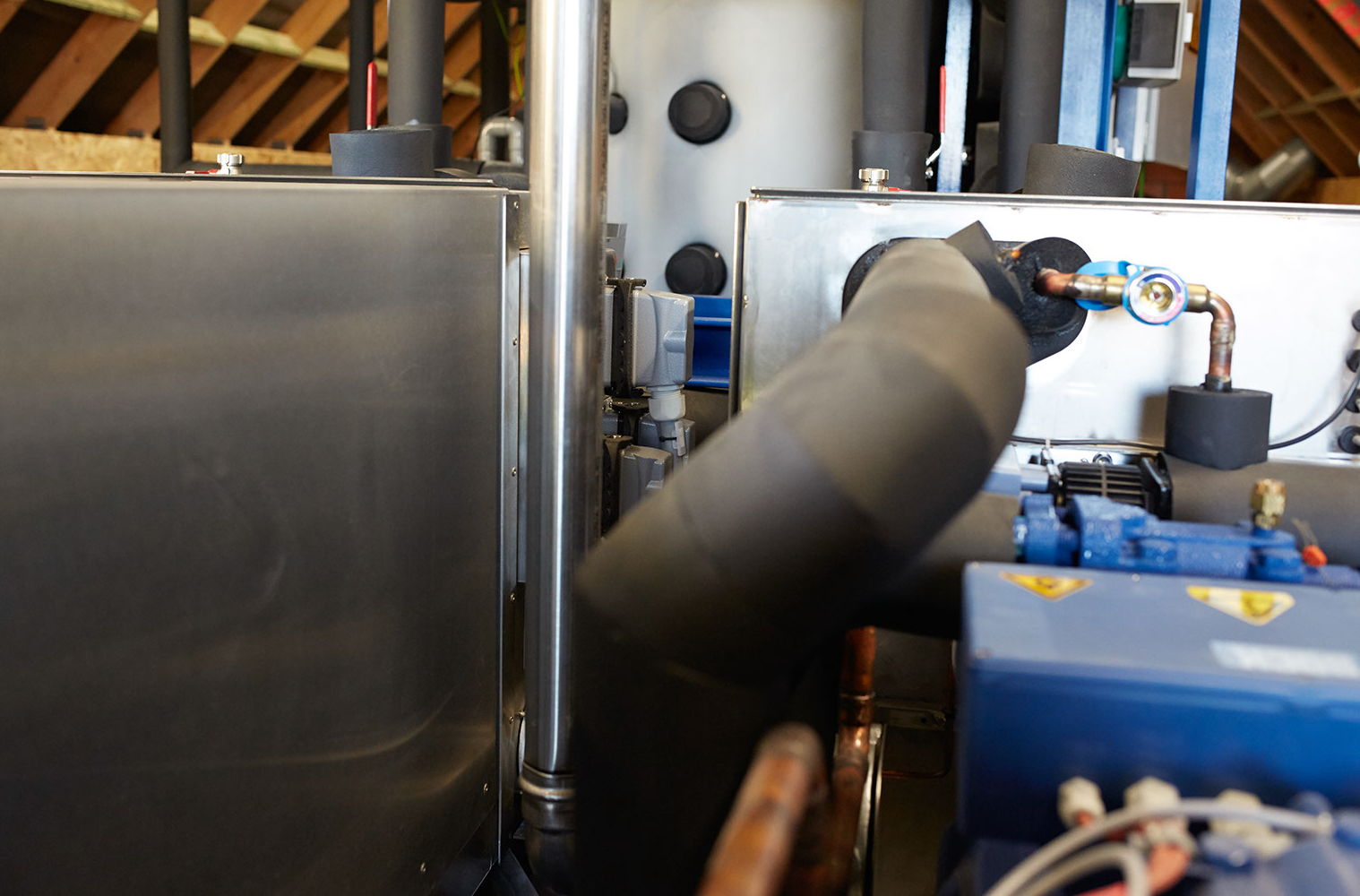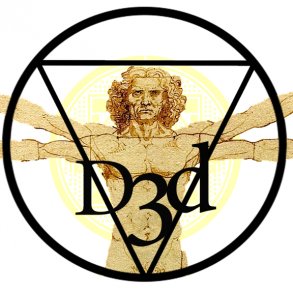By Collin Bootsveld for Enlivening Edge Magazine
In order for mankind to survive and thrive on our beautiful planet we will need to make drastic steps. There are enough available solutions, but implementation is slow, due to oversimplification and not recognizing actual complexity.
In my work, I bring solutions with impact to where they are needed. This might still require engineering and research, but then allowing for the complexity of the situation and listening to the signals from the periphery of the system.
Apply first, then explain (maybe)
At the Integral European Conference (IEC) I do not need to explain the benefits of integral theory and self-organisation. Yet in the company I work for as an engineer, most are less familiar with these principles. In the past, for many years, I have tried to explain first, but found this approach to be counterproductive. I cannot convey an experience by talking about it.
Therefore, I have developed another approach. I apply Spiral Dynamics, Open Participatory Organisation, AQAL, Cynefin and more models, but only explain in terms of the immediate situation at hand.
I might indicate that the values for a manager seem to be oriented towards traditional values (Blue) so I will word my information in a logical way, referring to previous hierarchical decisions. Or I might pick up a weak signal in a complex situation and only then explain that I am using the Cynefin model to make sense of what is happening and how we should proceed. I notice that people then pick up on the field and start acting appropriately.
The context is supportive for this approach. Colruyt Group is the largest private employer in Belgium (30.000) with a relatively high profile regarding personal development. All employees are expected to invest in their development, through trainings.
In addition, energetic cleaning of the buildings using herbs, by a shaman, has become common practice in the last two years. At the same time, a lot of the work is hard physical labour and there is lack of spillover from personal development into daily work. The company is largely family-owned, allowing for a long-term investment perspective.
Practical examples
In 2014, I started to apply principles of Theory U to the redesign of the cooling of food in shops. The result is an unorthodox technical choice, using compact cooling machines with a small amount of flammable cooling refrigerant. Key components are installed double, which is highly appreciated by the in-company technical maintenance people, and leads to a 99% reduction of environmental impact on climate change. It is placed inside, so doing maintenance is comfortable and independent of weather conditions.
Because cooling is at the heart of any supermarket, a system change affects many colleagues. The team counted that 1.000 of the 30.000 colleagues needed to get on board for the rollout of the new system.
Through Spiral Dynamics, we identified relevant developmental stages and formulated relevant communications to those worldviews.
Based on these core communications, my team wrote a brochure that addresses Beige to Green arguments for the new approach:
- providing good food (Beige),
- we do it for our children (Purple),
- we are the first (Red),
- we comply with the law (Blue),
- we reap economic benefits (Orange), and
- we are doing what is right for the planet (Green).
This way the team avoided speaking only from our own stage of consciousness development.
Once through the U and after the first prototype, it is still a lot of work to embed the new ways in the organisation. OPO (ref. Bonnitta Roy’s Open Participatory Organization) is an approach with the purpose to include all team members in the team’s strategic reflections and decision-making. It helped me to influence a team without having hierarchical power.
We made a lot of information available so that the engineers and maintenance personnel could grow in their knowledge, self-organise, and become competent partners for continued improvement.
For instance, I needed more focus on the costs but found that it was hard to compare projects. Then I sat down with the financial people, and organised a report that showed how the price of the cooling system per shop, was evolving over time.
Although we are in the engineering domain, which is complicated in terms of the Cynefin model, complexity is hidden in plain sight. For example, the complex phenomenon of global warming has led the EU to phase out certain chemicals used for cooling, so-called refrigerants. This has an immediate impact on the core of companies that sell fresh food or that manufacture cooling systems. The official EU decision is complicated in its form and is difficult to read.
Yet in its essence it is linear: a fixed reduction of the total volume of refrigerants with a high Global Warming Potential (GWP,) towards a complete phasing out for certain applications by 2030. For those new to the subject: the most common refrigerant has a GWP of 4000, which means that the climate effect of 1 kg released to the atmosphere is the same as driving a small car around the world. Each shop releases around 10 kg per year on average. Propane on the other hand has a GWP of 3 and no side effects apart from its flammability.
However, the linear decision in the complexity of food cooling now leads to supply risks in the fresh food chain in Europe. The prices of remaining chemical refrigerants have exploded. A supermarket chain can adapt, by renovating 10% of the shops every year, in order to be ready at the deadline (2030). Yet an individual farmer, or a local food shop, for example, cannot adapt easily. Once they have a leak, they cannot buy a refill but have to do a once-in-a-lifetime investment into a new technology, without an economic benefit. No bank will finance this, and companies are shutting down as a result.
Practice Theory
The examples above show that the principles of the integral approach can be explained and understood easily, if these principles are illustrated by practical applications. The practical applications also show that the theory is relevant in daily life, which motivates people to learn more. Further, practical application makes the principles become internalized in our being.
References
Integral communcations for sustainability, Barrett Chapman Brown, KOSMOS, 2005
https://www.linkedin.com/in/barrettcbrown/
OPO: Bonnitta Roy, https://medium.com/@bonnittaroy http://www.appassociates.net
Spiral Dynamics: http://humanemergence.de/en/
Cynefin: http://cognitive—edge.com/
AQAL https://mindshiftintegral.wordpress.com/tag/aqal/

Collin Bootsveld is Senior Expert on technical processes and embedding new technologies in organizations, Practical applier of integral principles and methods, and Project Engineer at Colruyt Group, Belgium. https://www.linkedin.com/in/collinbootsveld/




